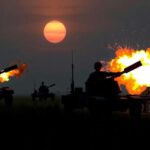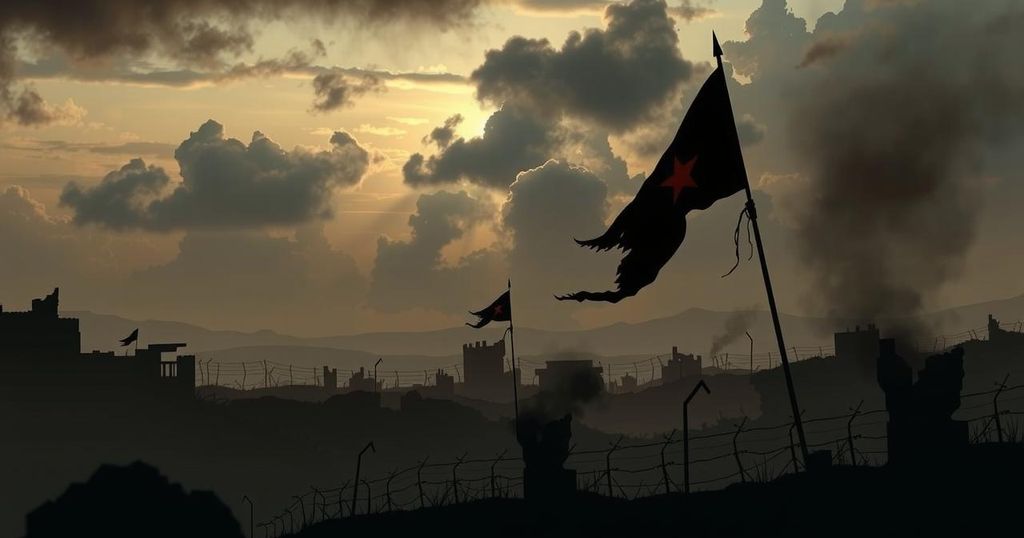Tajikistan: Independence and the Path to Autocracy
Tajikistan, situated in Central Asia, underwent significant political upheaval following its declaration of independence from the Soviet Union on September 9, 1991. This transition was marred by a devastating civil war that erupted as former communists sought to maintain control amidst rising opposition from Islamic and democratic factions. The conflict escalated dramatically after a presidential election in November 1991, which saw Rahman Nabiyev, a former communist leader, retain power. His dismissal of opposition groups in March 1992 sparked widespread nonviolent protests in Dushanbe, which culminated in violent confrontations with government forces and the eventual ousting of Nabiyev in September 1992. The subsequent power vacuum led to a protracted civil war that resulted in the loss of tens of thousands of lives and significant displacement of civilians.
By 1994, a precarious cease-fire was established, allowing for the re-entry of former rebel factions into the political fold. Emomali Rahmonov (now known as Emomali Rahmon) emerged as a central figure, consolidating power with the support of Russian troops. A United Nations-brokered peace agreement in June 1997 brought a semblance of stability as political unrest continued to hinder economic progress, often dependent on foreign aid.
In the years following the peace agreement, Rahmonov took steps to centralize authority and suppress opposition, ostensibly to stabilize the nation. However, many observers noted a concerning drift towards authoritarianism during this period. Victimization of the Islamic Renaissance Party of Tajikistan (IRPT), originally a legal opposition faction, marked the government’s tightening grip, particularly after the U.S.-led military actions against the Taliban in Afghanistan in 2001. The geopolitical dynamics allowed Rahmonov to justify a crackdown on perceived extremism while bolstering his regime’s longevity.
By the early 2000s, further constitutional amendments removed presidential term limits, facilitating long-term governance by Rahmon. Elections during this time were characterized by significant irregularities, undermining the legitimacy of the electoral process. In 2015, the IRPT was banned and labeled as a terrorist organization, reflecting a broader strategy to eliminate political dissent and solidify one-party rule.
In a notable development, Tajikistan recommitted to completing the Rogun Dam project in 2016, which aims to harness the nation’s extensive hydropower potential. The dam’s completion is expected to elevate Tajikistan’s electricity production while easing regional tensions with Uzbekistan.
The consolidation of power continued as constitutional revisions in 2016 removed electoral barriers for Rahmon, including adjustments to candidacy age limits favoring his progeny. As of 2020, significant opposition remained effectively marginalized, enabling Rahmon to secure yet another presidential term. In summary, Tajikistan’s post-independence trajectory has been fraught with conflict and political strife, culminating in the establishment of a centralized autocratic regime under President Emomali Rahmon, synonymous with significant challenges to democratic governance and political pluralism.








Post Comment